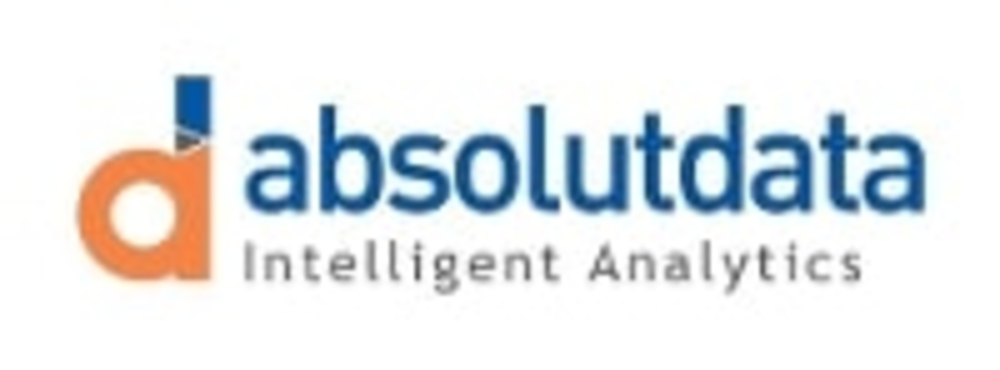There is more to selling than knowing who will buy. Knowing when to contact a prospect and what to say can be just as important. San Francisco-based Absolutdata has taken this into account with this week’s release of NAVIK SalesAI, an add-on tool that complements existing CRM systems.
NAVIK SalesAI combines artificial intelligence with data analysis to present a fuller profile of a sales prospect, enabling better decision making, according to Anil Kaul, Absolutdata’s CEO.
“Analysis is something people have been using in the sales space for a while,” Kaul said. “A lot of emphasis was on identifying leads.” And the software tool would stop right there. What do you do once you had targeted a prospective customer? Kaul asked. Do you send an e-mail? Call? What message would you send?
Absolutdata designed NAVIK Sales AI to answer those questions, using a process called “decision engineering.” “We start with the decision being made,” Kaul explained, “and work backwards to what analysis is needed and what data is needed.” By presenting the right information when needed, one should get better decision making.
NAVIK SalesAI was field tested by an Absolutdata customer, described by Kaul as a $10 billion company suffering from three straight years of declining sales. About 50 sales people used the product for about seven weeks and managed to notch a four-percent gain in sales. This amount may seem marginal, but for a $10 billion company, four percent is a lot of money.
The app is also designed with CRM in mind. It’s API works with Salesforce as well as several other CRM apps. “The big one is Salesforce,” Kaul said. NAVIK SalesAI can pull data from SalesForce or run as a tool inside SalesForce.
Data that has gone overlooked usually contains the signals needed to perceive a sales opportunity, Kaul said. There can be patterns in orders that prove to be predictive: One correlation might be a customer ordering a second type of product six weeks after ordered a similar, related product, Kaul explained. Or the hint may come from external data, like a customer placing an order six months after opening a factory–a good time for a sales person to make a call, he said.
Such correlations can only be spotted using artificial intelligence, as the amount of data that must be processed for pattern spotting is beyond what the human brain can handle, Kaul explained. “You need to have an algorithm that can learn by itself,” he said. “And it should change depending how the environment changes.”
All of this information would still prove useless if it were not presented in a form the user could understand. NAVIK SalesAI relies on a dashboard to present the data in a user-friendly view that aids decision making. It took some customer feedback to get this right. Users typically look at the top of the screen, so the most important information should go there first, Kaul noted. Users then read from top to bottom to “drill down” for the more detailed data, he said.
“We want this to be the system every sales person engages with,” Kaul said.








